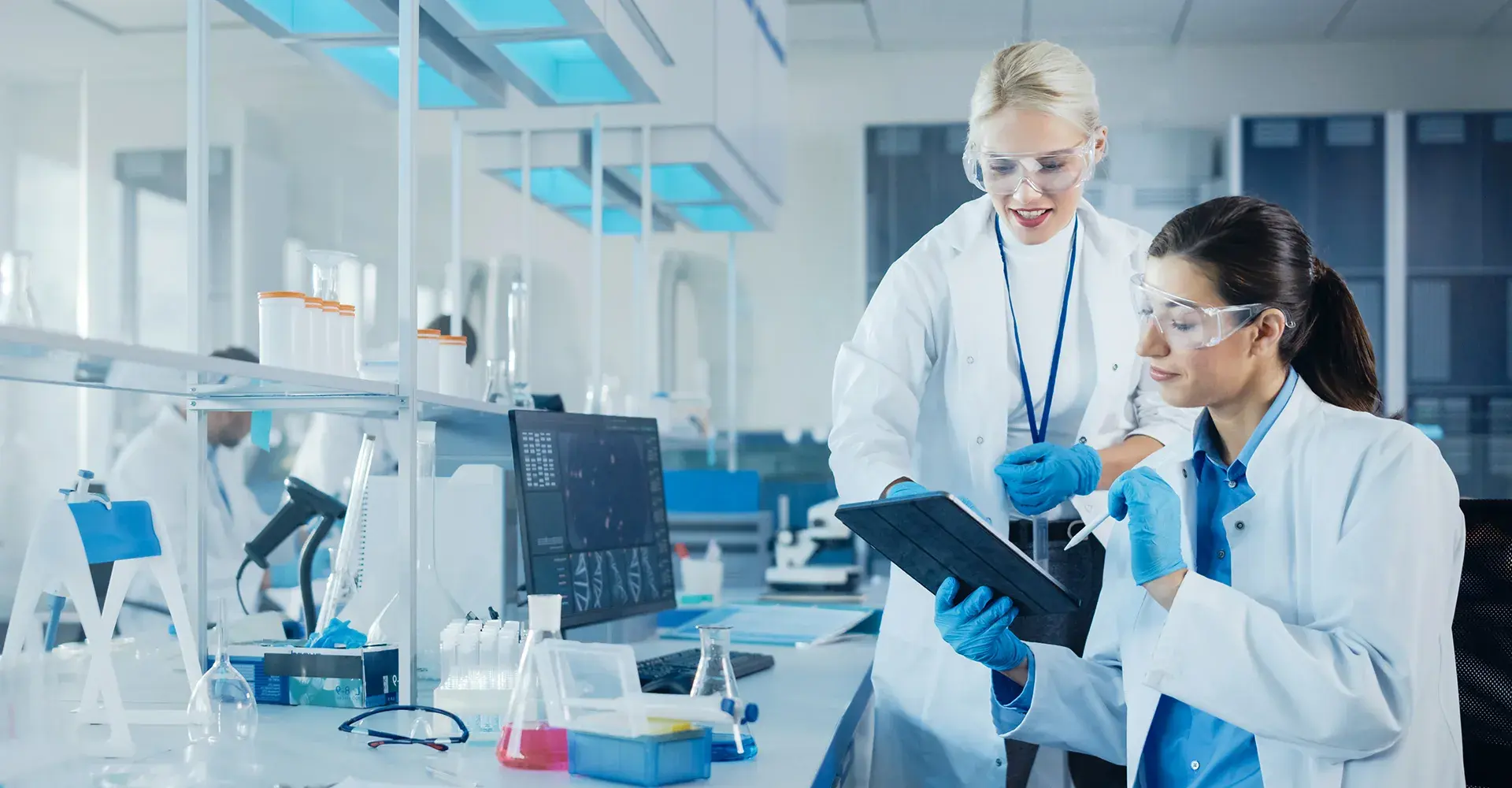The pharmaceutical sector has played a pivotal role in driving scientific innovation, consistently working towards the development of novel drugs and therapies to enhance global health and well-being. Nevertheless, recent times have witnessed a surge in obstacles for the industry, encompassing escalating research and development costs and intricate regulatory demands when introducing new drugs to the market. In response to these hurdles, the adoption of advanced analytics for generating real-world evidence (RWE) has emerged as a potent mechanism for modernizing pharmaceutical discovery, development, and delivery. This article delves into the transformative potential of advanced analytics in the pharmaceutical realm and its impact on shaping the future of healthcare.
It requires significant time, resources, and investments to bring new drugs or therapies to market. In 2022, the pharmaceutical industry allocated around 244 billion U.S. dollars for research and development, with projections indicating that expenditures will surpass 300 billion U.S. dollars by 2028. The journey from drug discovery to commercialization is a protracted one. Estimates on the cost of developing a new drug vary widely, with recent figures ranging from $314 million to $2.8 billion, sparking ongoing debates.
The development of new drugs is a high-cost and uncertain process, marked by the fact that many potential drugs do not successfully navigate the clinical trial phase and gain approval for market use. Statistics indicate that only approximately 12 percent of drugs entering clinical trials ultimately receive approval for introduction by the FDA.


